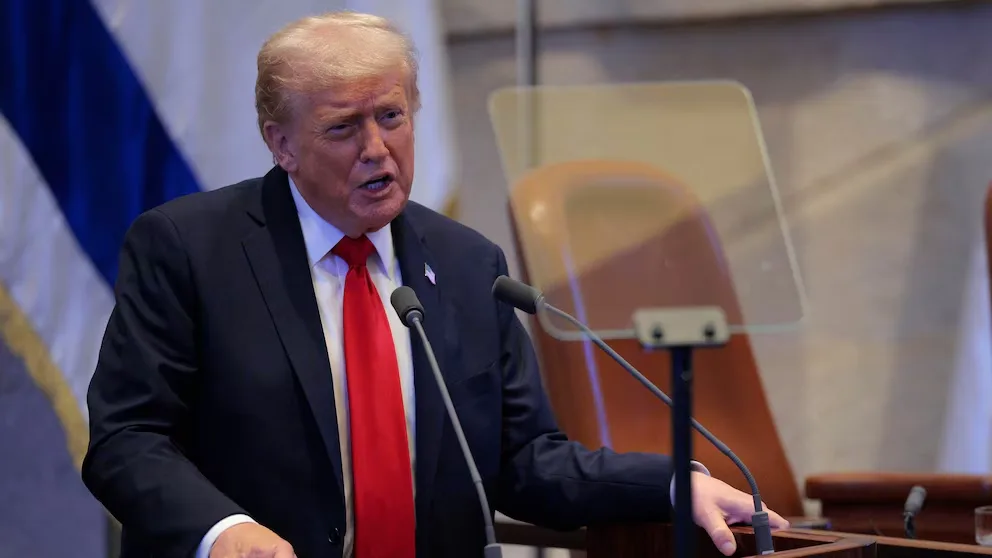
Trump addresses the Israeli parliament after the success of the Gaza peace plan's first phase/Getty
Following President Donald Trump’s signing of the Gaza peace agreement on Monday to worldwide acclaim, the conflict between Israel and Hamas has come to an end.
Under a ceasefire arrangement, Hamas released the final living Israeli hostages from Gaza on Monday, while Israel returned busloads of Palestinian prisoners.
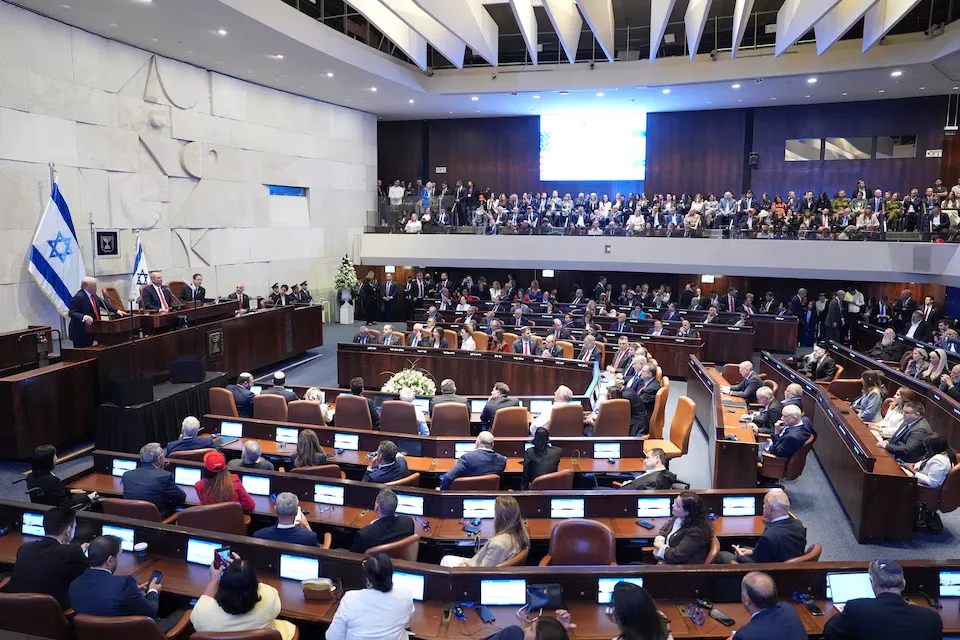
U.S. President Donald Trump announced the conclusion of the two-year-long conflict that has disrupted the wider Middle East region.
Later that day, Trump brought together Muslim and European leaders in Egypt to address Gaza Strip’s future and the prospect of broader regional peace, though Hamas and Israel, neither present at the meeting, have not yet reached agreement on subsequent steps.
According to the Israeli military, all 20 hostages confirmed alive had been received following their handover from Gaza via the Red Cross. This news sparked celebrations, embraces, and tears among thousands assembled at “Hostage Square” in Tel Aviv.
Related: Trump and Netanyahu Reach Agreement on New US Peace Deal to End Gaza Conflict
In Gaza, thousands of family members, many crying tears of joy, congregated at a hospital where buses delivered some of the approximately 2,000 Palestinian detainees and prisoners scheduled for release by Israel under the agreement.
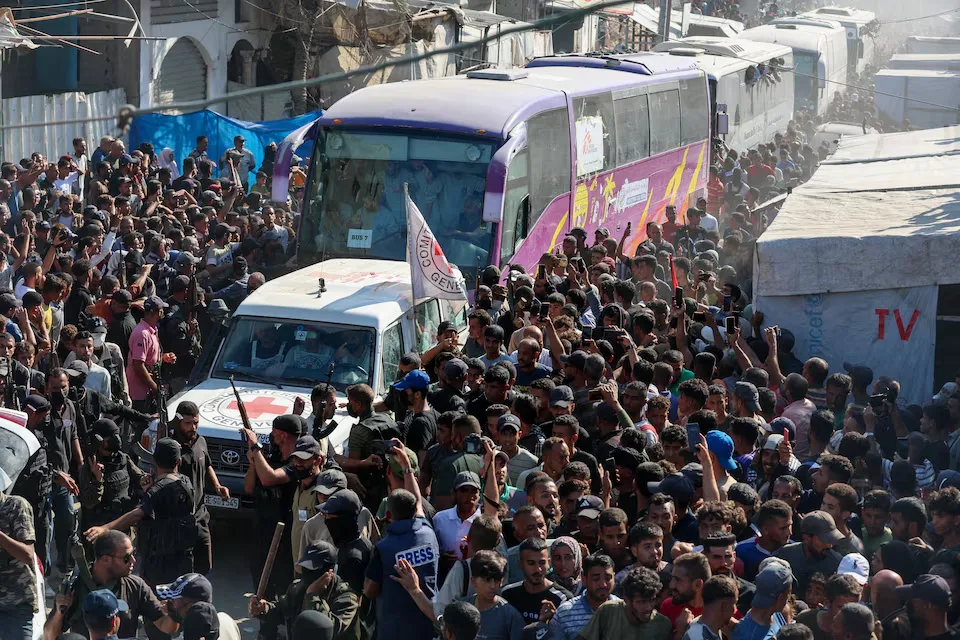
“The skies are calm, the guns are silent, the sirens are still and the sun rises on a Holy Land that is finally at peace,” Trump addressed Israel’s parliament, the Knesset, stating that a “long nightmare” for Israelis and Palestinians alike had ended.
The United States, together with Egypt, Qatar, and Turkey, facilitated what has been characterized as a first phase arrangement between Israel and Hamas covering a ceasefire and the exchange of hostages by Hamas and prisoners and detainees by Israel.
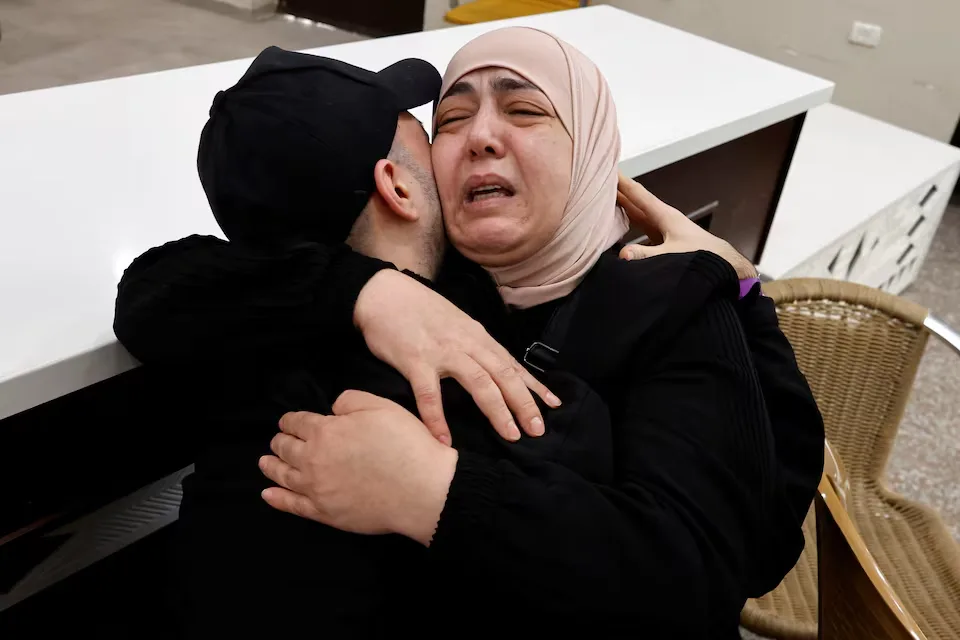
At the Egyptian coastal resort of Sharm el-Sheikh on Monday evening, Trump and President Abdel Fattah al-Sisi welcomed over 20 world leaders for a summit designed to solidify the truce.
During the summit’s opening, Trump signed a document alongside leaders from Egypt, Qatar, and Turkey acknowledging the Gaza agreements and committing to “work collectively to implement and sustain this legacy.”
Egypt’s presidency reported that talks covered Gaza’s governance, security, and reconstruction.
“Now the rebuilding begins,” Trump announced at the summit, delivering a comprehensive speech in which he portrayed the Gaza agreement he helped negotiate in grandiose terms, calling it potentially “the greatest deal of them all.”
Neither Israel nor Hamas had representation at the summit, and leaders from Saudi Arabia and the United Arab Emirates were absent.
At one point, Trump met with Palestinian Authority President Mahmoud Abbas, engaging in an extended conversation with the U.S. leader.
The Palestinian Authority seeks a substantial role in Gaza’s future administration, though Israel opposes this.
SIGNIFICANT CHALLENGES PERSIST
The Israeli hostages released on Monday were the final survivors in captivity from the 251 individuals seized during the Hamas-led attacks of October 7, 2023, which claimed 1,200 lives and initiated the war.
The ceasefire and limited Israeli withdrawal agreed upon last week stopped one of Israel’s largest military operations of the conflict, a comprehensive assault on Gaza City that was resulting in dozens of deaths daily.
Since that time, massive numbers of Palestinians have been able to return to their destroyed homes throughout the Gaza Strip, large portions of which were devastated by Israeli bombing that claimed 68,000 lives, according to Gaza health authorities.
Substantial hurdles persist, even for achieving a lasting ceasefire, let alone establishing broader, more permanent peace. Among the pressing matters still requiring resolution: retrieving the remains of an additional 26 Israeli hostages presumed dead and two whose status remains uncertain.
Hamas indicates that recovering the bodies may require time as not all grave locations are documented. Israel’s military reported that it had brought four coffins containing deceased hostages’ remains to Israel and that identification of those remains was underway.
Humanitarian supplies must be rapidly delivered to the territory, where hundreds of thousands face starvation.
U.N. aid chief Tom Fletcher emphasized the urgency to “get shelter and fuel to people who desperately need it and to massively scale up the food and medicine and other supplies going in.”
Additionally, critical matters remain unresolved, including Gaza’s governance and policing arrangements, and Hamas’s ultimate status, as the group continues to reject Israel’s disarmament demands.
Hamas militants, attempting to demonstrate their authority, initiated a security operation in Gaza City following Israel’s withdrawal, resulting in 32 deaths among a rival faction, according to a Palestinian security source.
Tensions have also been escalating in the Israeli-occupied West Bank, where Jewish settlements have grown on land Palestinians view as part of a prospective state.
During his flight to the region, Trump stated that Hamas had received temporary authorization for its fighters to maintain order: “They do want to stop the problems, and they’ve been open about it, and we gave them approval for a period of time.”
The Gaza War has additionally transformed the Middle East through related conflicts, with Israel inflicting severe damage in a 12-day conflict against Iran and military campaigns against Tehran’s regional partners, including Lebanon’s Hezbollah and Yemen’s Houthis.
Trump, who has promoted his strategy to end the Gaza war as the foundation for an extensive regional peace agreement, suggested more nations would participate in the Abraham Accords initiative and even raised the possibility of a peace agreement between Middle Eastern adversaries Iran and Israel, telling the Knesset he believed Iran desired one: “Wouldn’t it be nice?”
HAPPINESS AND RELIEF FOR BOTH POPULATIONS
Radiating relief and happiness, two freed hostages waved to cheering crowds from vehicles enroute to an Israeli hospital, with one raising a large Israeli flag before making a heart shape with his hands.
Video recordings showed emotional moments of families receiving phone notifications from their loved ones during their release, their expressions transforming with disbelief and hope following months of distress.
“I am so excited. I am full of happiness. It’s hard to imagine how I feel this moment. I didn’t sleep all night,” said Viki Cohen, mother of hostage Nimrod Cohen, while traveling to Reim, an Israeli military facility where hostages were being brought.
Palestinians, meanwhile, hurried to welcome prisoners released by Israel. Several thousand assembled inside and surrounding Nasser Hospital in Khan Younis in southern Gaza, some displaying Palestinian flags, others holding photographs of their family members.
“I am happy for our sons who are being freed, but we are still in pain for all those who have been killed by the occupation, and all the destruction that happened to our Gaza,” a Gaza woman, Um Ahmed, told Reuters in a tearful voice message.
Released prisoners came in buses, some appearing at windows, displaying V-for-Victory gestures.
The presence of armed and masked Hamas fighters at the location highlighted the challenge of addressing Israel’s requirement that they surrender weapons.
Israel was scheduled to release 1,700 detainees captured in Gaza, along with 250 prisoners from its detention facilities who were convicted or accused of security violations, including attacks on Israelis.

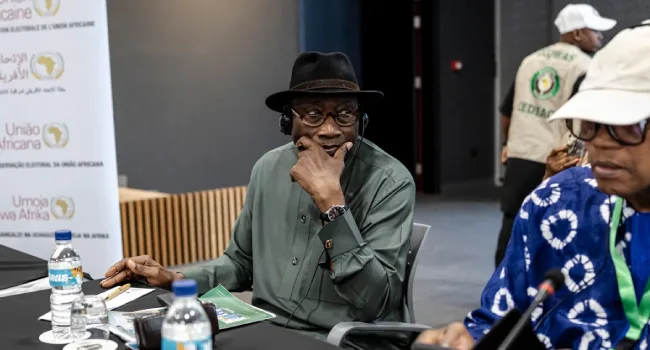 Former President Jonathan Says Coup Did Not Happen In Guinea-Bissau
Former President Jonathan Says Coup Did Not Happen In Guinea-Bissau ![On Thursday, November 27, 2025, General Horta Inta-A of Guinea-Bissau salutes an officer at his swearing-in ceremony in Bissau, where he assumed the role of transitional leader and head of the High Command [Patrick Meinhardt/AFP]](https://www.lionscrib.com/wp-content/uploads/2025/11/image-10-720x513.webp) General Horta Inta-A Sworn In As Interim Leader Of Guinea Bissau After Coup
General Horta Inta-A Sworn In As Interim Leader Of Guinea Bissau After Coup  First Openly Gay Woman Wins Miss England Crown
First Openly Gay Woman Wins Miss England Crown 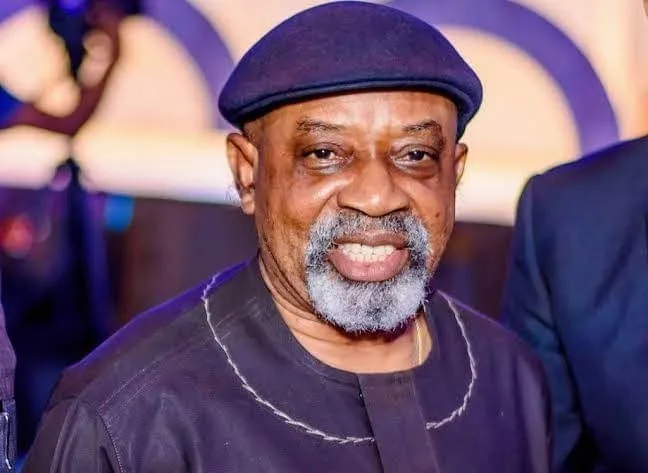 Gunmen Attack Convoy Of Former Minister Chris Ngige In Anambra
Gunmen Attack Convoy Of Former Minister Chris Ngige In Anambra 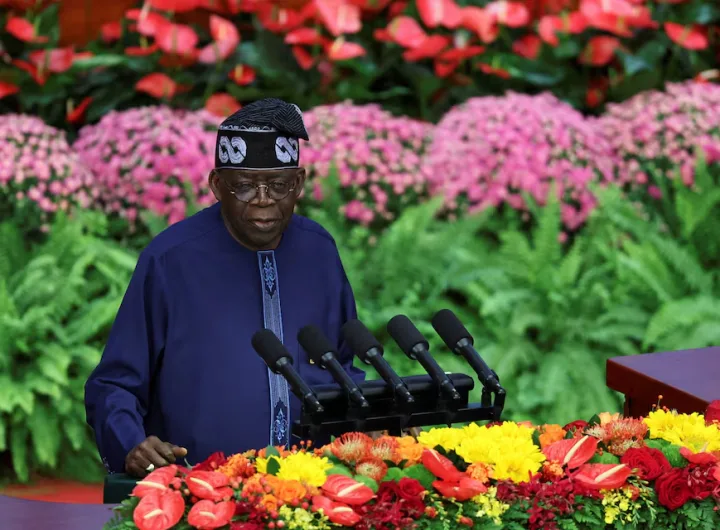 Why President Tinubu Declared A State Of Emergency On Security
Why President Tinubu Declared A State Of Emergency On Security 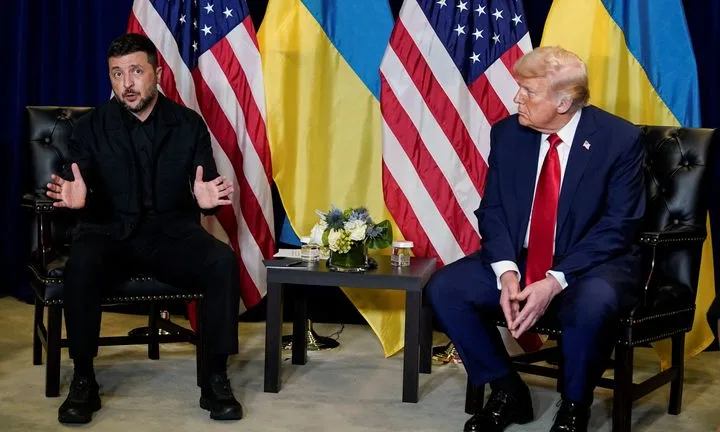 Ukraine Reportedly Accepts Trump’s Peace Plan To End War With Russia
Ukraine Reportedly Accepts Trump’s Peace Plan To End War With Russia